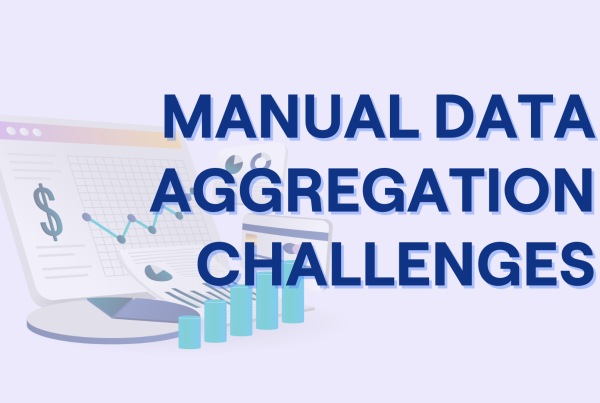TL;DR
Family offices are entrusted with the complex task of managing the financial affairs of high-net-worth individuals and families. These organisations, often shrouded in a veil of discretion and privacy, play a pivotal role in safeguarding and growing family wealth across generations. In this blog post, we delve into the significance of transparent reporting for family office principals and beneficiaries. We will explore the essential role that transparent reporting plays in ensuring financial clarity and discuss key metrics and data points that are pivotal to this process.
The Significance of Transparent Reporting
Transparent reporting is the cornerstone of any effective family office operation. It involves the clear and comprehensive presentation of financial data and performance metrics to the family office’s principals and beneficiaries.
According to The Family Office Operational Excellence Report 2024, when considering the areas of concern in their family offices, 25% of participants cited inadequate management information and reporting systems.
The importance of transparent reporting can be summarised through the following points:
- Trust and Confidence: Transparent reporting instils trust and confidence in the family office’s management. When principals and beneficiaries have a clear view of their financial portfolio, they are more likely to feel secure in the family office’s ability to manage their wealth effectively.
- Risk Management: Understanding the composition of one’s portfolio, including asset allocation, risk exposure, and performance, is crucial for effective risk management. Transparent reporting allows principals to identify potential vulnerabilities and take appropriate action to mitigate risks.
- Informed Decision-Making: When family members have access to detailed financial reports, they are better equipped to make informed decisions regarding their wealth. This could include investment choices, philanthropic activities, or estate planning.
- Alignment of Interests: Transparent reporting can help align the interests of family office managers, principals, and beneficiaries. By clearly presenting the performance of the portfolio and its alignment with the family’s objectives, it ensures that everyone is working toward the same goals.
Key Metrics and Data Points
Effective transparent reporting involves providing comprehensive data that enables family members to gain a clear picture of their financial position. Here are some key metrics and data points to include in family office portfolio reporting:
1. Portfolio Performance: This includes metrics such as returns, both absolute and relative to benchmarks. It should also consider performance over different time periods, allowing beneficiaries to evaluate the family office’s ability to generate returns in various market conditions.
2. Risk Metrics: Metrics like standard deviation, value at risk (VaR), and maximum drawdown are essential for assessing the level of risk in the portfolio. Understanding these metrics is vital for informed decision-making and risk management.
3. Asset Allocation: A breakdown of the portfolio by asset class, such as equities, fixed income, real estate, and alternative investments. This provides insight into how the family’s wealth is diversified across different asset types.
4. Costs and Fees: Transparent reporting should also provide a clear breakdown of the fees and costs associated with portfolio management, including management fees, performance fees, and transaction costs. This transparency is crucial to avoid any hidden expenses.
5. Tax and Legal Compliance: Ensure that the portfolio complies with all relevant tax and legal regulations. Transparent reporting should highlight any potential tax liabilities or legal issues that may impact the portfolio.
6. Alternative Investments and Illiquid Assets: For family offices with substantial holdings in alternative investments or illiquid assets, reporting on these holdings is critical. Beneficiaries need to understand the value, performance, and liquidity of these assets.
7. Sustainability and ESG Metrics: In today’s world, an increasing number of family offices are focusing on environmental, social, and governance (ESG) considerations. Reporting on ESG metrics can help family members ensure their investments align with their values and long-term goals.
8.Income and Cash Flow Statements: Detailed information on the sources of income and cash flows within the portfolio. This allows family members to understand how their wealth is generating income and how they can plan their spending.
9. Narrative and Commentary: Beyond the numbers, narrative and commentary can provide context and explanations for performance, changes in asset allocation, and other key developments within the portfolio.
10. Benchmark Comparisons: Providing benchmarks for different asset classes and strategies allows family members to evaluate the performance of their portfolio in context. This can help assess whether the family office is adding value beyond market returns.
Importance of Transparency in Family Office Reporting

Transparent reporting is not only a best practice but also a fundamental requirement for family offices to fulfil their fiduciary responsibilities. It empowers family office principals and beneficiaries to make informed decisions, manage risks, and align their interests effectively.
By providing comprehensive information on key metrics and data points, family offices can ensure that the wealth they manage remains a source of financial clarity and security for generations to come.
Embracing transparency not only fosters trust and confidence but also strengthens the foundation on which family legacies are built.






